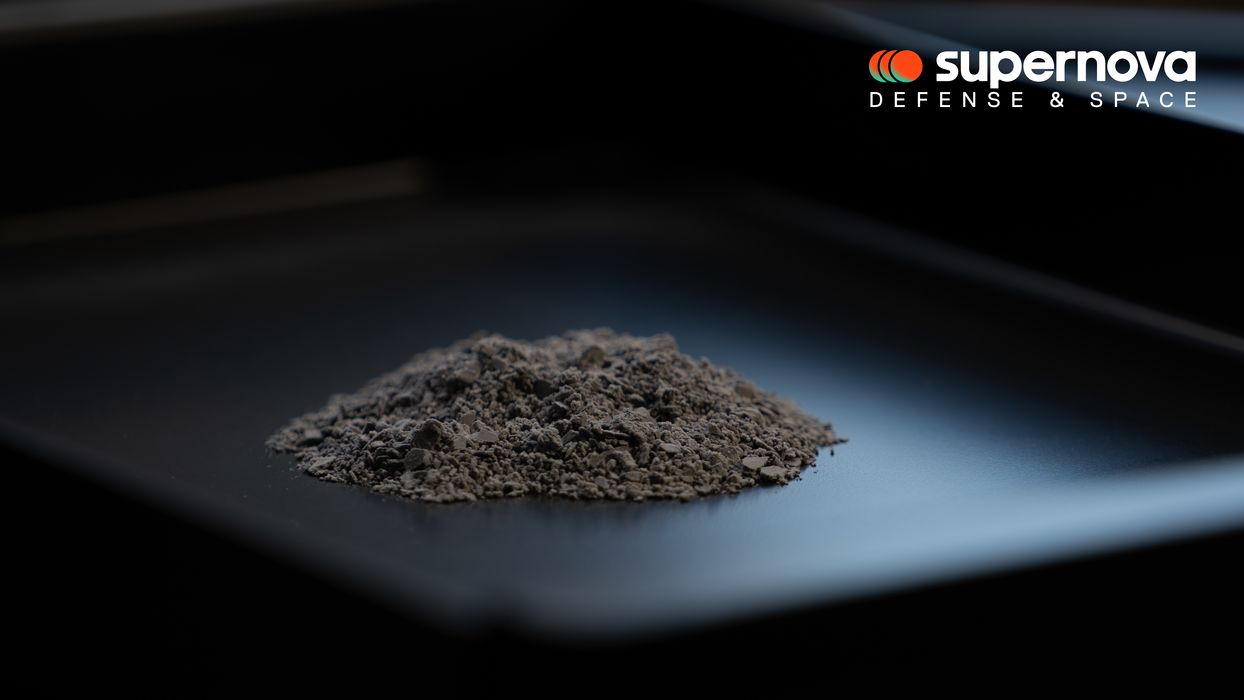
Supernova announced a new business unit dedicated to the development of “military grade” materials for additive manufacturing.
You may not be familiar with Supernova. It’s a spin-off of popular Spanish 3D printer manufacturer BCN3D. Their development of the VLM (Viscous Lithography Manufacturing) was so different from their original FFF-based technology that they spun the tech off into a second company, Supernova.
VLM is able to handle very high viscosity materials that are basically unusable in most, if not all, existing 3D print processes. This opens up many new application possibilities, hence the need for a completely new company.
Now we hear from Supernova that they’ve created a special business unit within the company that will focus on the printing of “energetic materials”. The new unit is called “Supernova Defense & Space”. Supernova explains:
“This innovation aims to overcome the limitations of traditional manufacturing processes and enhance the capabilities of produced components, striving for technological superiority in critical applications like Solid Rocket Motors (SRMs), which play a pivotal role in the development of hypersonic platforms.”
When they say “energetic materials”, they aren’t kidding: solid rocket motors are made from highly explosive materials.
It seems that Supernova have discovered a very attractive niche application for VLM. They explain:
“One of the key strengths of AM is the geometric freedom it offers. However, military-grade formulations often have solid loads exceeding 80%, making them unsuitable for processing with AM technologies. Supernova’s VLM has successfully demonstrated the ability to process formulations with more than 88% solid load, overcoming this significant limitation to unleash the power of AM and create the next generation of military-grade components.”
Which means printing solid rocket motors. There is a very interesting advantage to doing so with 3D printing: the geometry of the engine material can be designed to burn at different rates during its operation, leading to all kinds of interesting possibilities. I’m sure military organizations would be extremely interested in this technology.
But that’s just the first application identified by this business unit. There are likely a great deal more to come.
Via Supernova
